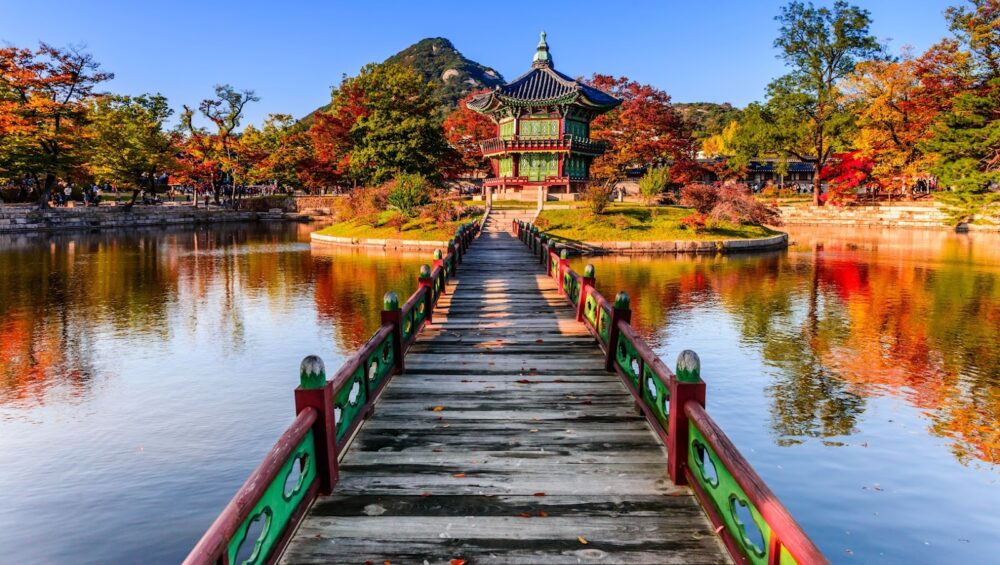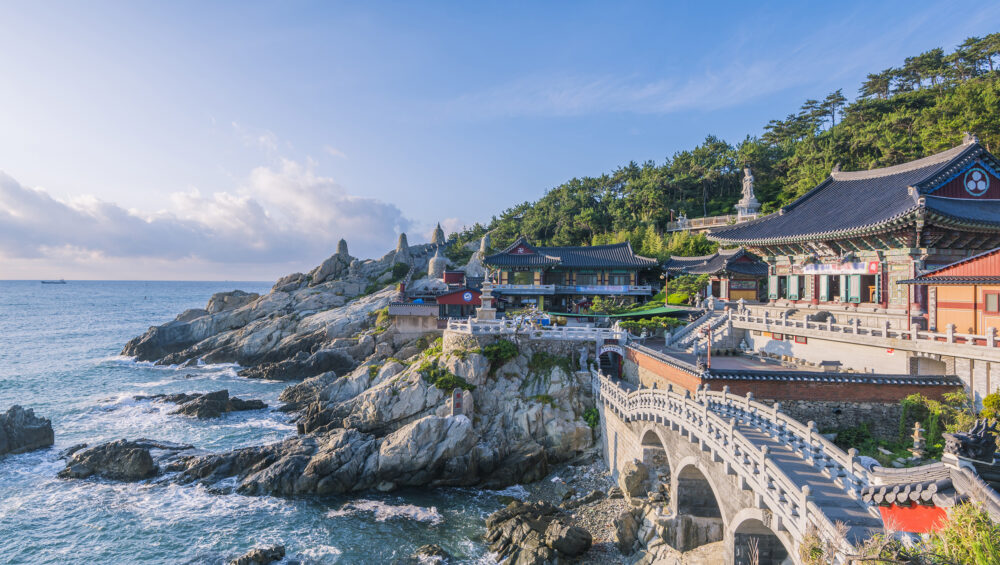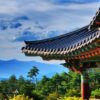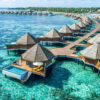Is South Korea Expensive for Indians?
South Korea can be moderately expensive for Indian travelers, but it ultimately depends on various factors such as your travel style, preferences and the specific locations you visit. Here are some points to consider: –
1. Accommodation: Accommodation prices in South Korea vary depending on the city and the type of lodging you choose. Major cities like Seoul and Busan tend to have higher accommodation costs, especially in popular tourist areas. However, there are budget-friendly options available such as hostels, guesthouses, and budget hotels.
2. Transportation: Transportation costs can add up, especially if you’re traveling between cities or using taxis frequently. However, South Korea has an efficient and affordable public transportation system, including subways and buses, which can help reduce costs.
3. Food: Dining out in South Korea can range from inexpensive street food options to upscale restaurants. Korean street food is often affordable and delicious, allowing you to experience local cuisine without breaking the bank. Additionally, many restaurants offer set meals or lunch specials at reasonable prices.
4. Attractions: Entrance fees to tourist attractions and entertainment venues can vary, but there are often discounts available for students, seniors, and group travelers. Planning your itinerary in advance and prioritizing the attractions you want to visit can help you manage costs.
5. Shopping: South Korea is known for its shopping districts and markets, offering a wide range of products from cosmetics to fashion items. While there are opportunities to shop for both luxury and budget-friendly items, it’s important to budget wisely to avoid overspending.
With Careful planning and budgeting, it’s possible to enjoy a memorable trip to South Korea without overspending, even for Indian travelers. Utilizing affordable accommodation options, public transportation and enjoying local street food can help keep expenses in check while still experiencing the best that South Korea has to offer.










